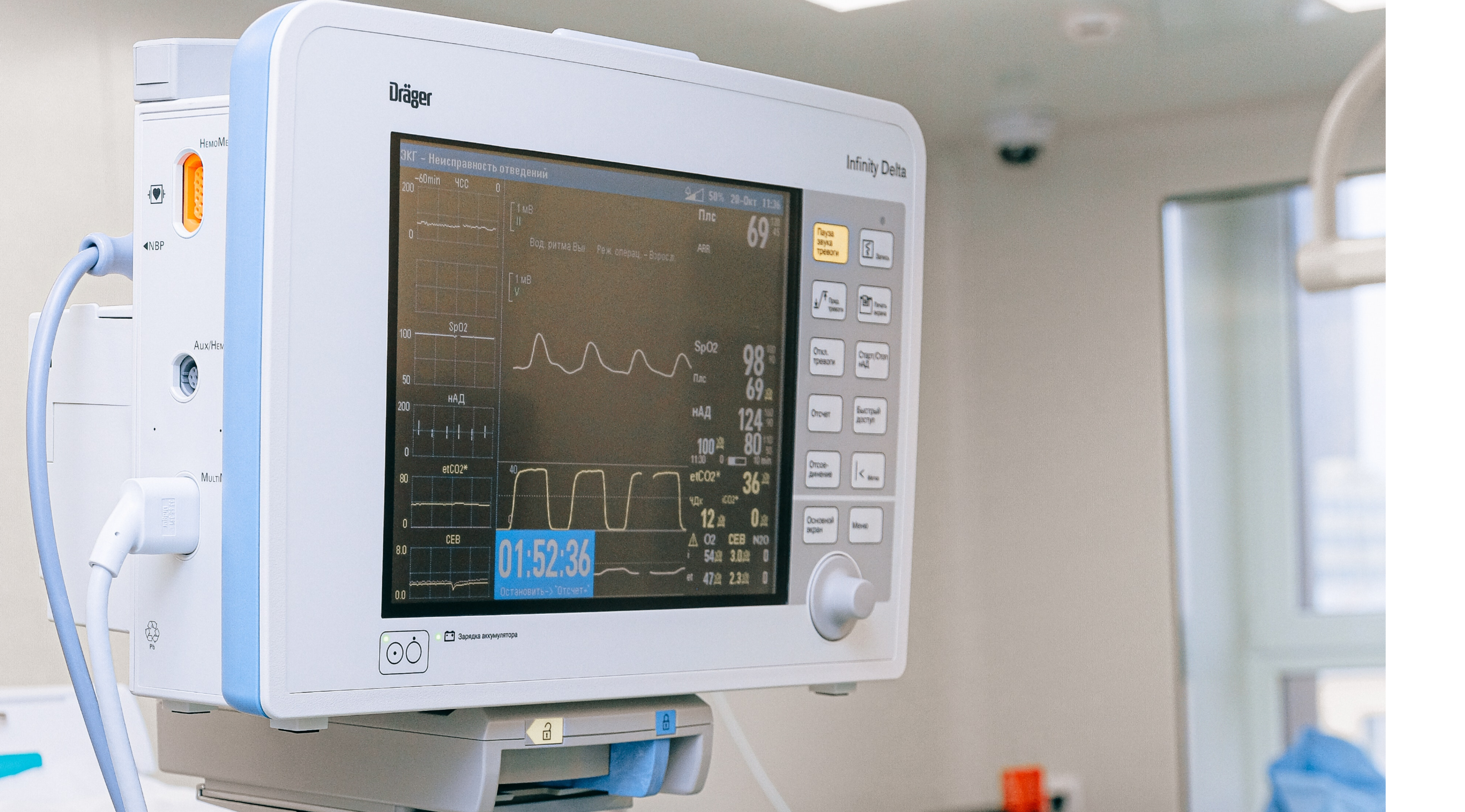Remote Patient Monitoring (RPM) has burst onto the zeitgeist in the last few years as remote monitoring technology became mobile, and a new wave of health and wellness culture took over via apps and wearable devices. In-home remote patient monitoring for chronic conditions like diabetes and high blood pressure have advanced so patients can track and manage their condition easier than ever before.
Even beyond illness management, personal health tracking technology has only gotten more detailed and autonomous. Products like Fitbit and the Apple Watch go beyond counting steps and manually entering calories, newer iterations can track heart rate, blood oxygen level, and sleep stages.
Some even take electrocardiograms and detect falls. According to Statista's data from 2023, 35% of women and 34% of men in the US choose to wear a fitness tracker or smartwatch. This puts more day-to-day health data directly into patients’ hands than ever before.
Hospitals can utilize this type of 24/7, autonomous remote monitoring technology for better clinical care. By integrating this type of passive monitoring, hospitals can support their floor staff to become proactive, instead of reactive, to never events and keep patients on an easy road to recovery.
Telemetry in Hospitals
Most hospital systems already have at least some patient monitoring in each room, but these tools are often disparate, loud, and uncomfortable for patients—and they lack in-built telemetry. This means nurses need to use valuable time ensuring many different RPM systems are working and recording information manually for the monitoring to be viable. According to a study in the International Journal of Nursing Studies (June 2021), a nurse takes just over five minutes, on average, checking vitals per patient. If a hospital floor has 20 patients, that means nurses are using over an hour and a half (100 minutes 20 seconds) just to complete one round of the floor.
New remote patient monitoring solutions, like VSTOne, can record data on a suite of different vitals at once. What's more, VSTOne’s built-in telemetry collects vitals from several patients and then delivers that information in one central hub. This frees nurses to go beyond recording vitals and babysitting machines. VSTOne streamlines rounding and allows nurses to do more hands-on caring for patients, without sacrificing accurate data collection and patient records. The system provides a birds-eye view of an entire floor or hospital wing, ensuring patients’ needs are always at the forefront.
The Next Evolution of Remote Patient Monitoring
When hospitals upgrade their RPM technology, they support their clinical staff with better data, less busy work, and more reaction time. But where does technology lead from there? Even the best remote patient monitoring system still needs a human interpreter to watch the numbers, analyze the data, and take action. The world is seeing increasing applications for technology in data interpretation using complex algorithms and artificial intelligence.
When a highly trained AI can assist with data interpretation, negative health trends are detected early so interventions are deployed. Healthcare AI, paired with a comprehensive remote patient monitoring and telemetry system, is the new frontier for healthcare systems that operate proactively and save lives.
Learn more about VSTOne here.

